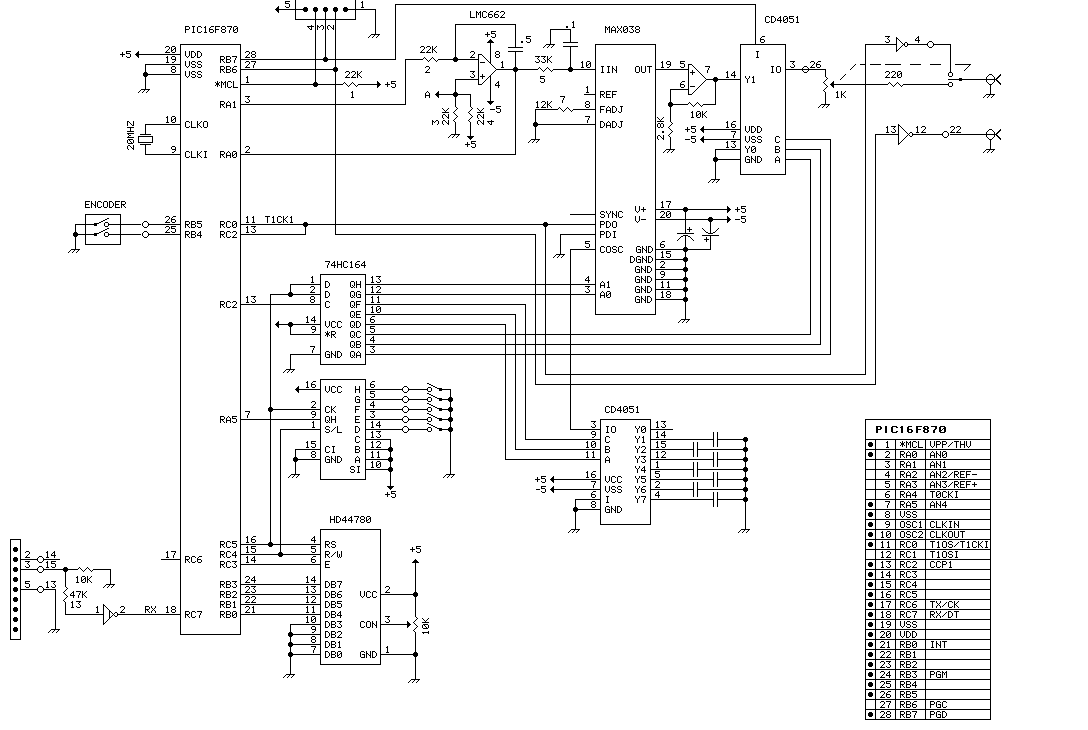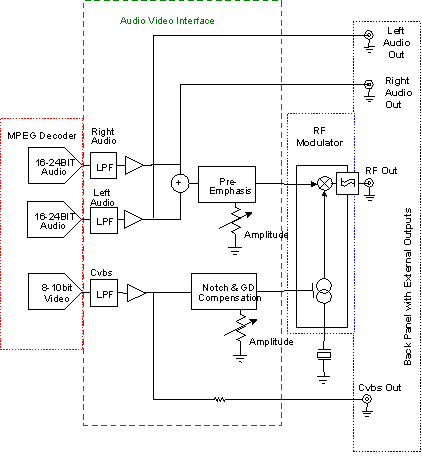
ZS100 Connection Signal

The following circuit illustrates a Noisy Regen Receiver Circuit Diagram. Features include its application in model remote-control systems and its operation as a 27-MHz superheterodyne receiver.
The Noisy Regen Receiver is a type of radio receiver that utilizes regenerative feedback to amplify weak radio signals. This circuit is particularly effective in the 27-MHz frequency range, which is commonly used in various remote-control applications, such as model airplanes, cars, and other hobbyist devices.
The primary components of the circuit typically include a radio frequency (RF) amplifier, a mixer, and a detector. The RF amplifier enhances the incoming signal, while the mixer combines the amplified signal with a local oscillator frequency to produce an intermediate frequency (IF). This IF signal is then demodulated by the detector to extract the audio or control signals intended for the remote-controlled device.
The regenerative aspect of the receiver is achieved by feeding a portion of the output signal back into the input stage. This feedback significantly increases the gain of the circuit, allowing it to pick up even weak signals. However, it can also introduce noise, which is a characteristic feature of this type of receiver, hence the term "Noisy Regen."
The circuit may also include various passive components such as resistors, capacitors, and inductors, which are essential for tuning and filtering the signals. The design allows for adjustments to be made to optimize performance based on the specific application, ensuring that the receiver can effectively respond to the desired frequency while minimizing interference from other signals.
Overall, the Noisy Regen Receiver Circuit is a versatile and effective solution for hobbyists and engineers working with remote-control systems, providing a balance between simplicity and functionality in the realm of radio frequency communication.The following circuit shows about Noisy Regen Receiver Circuit Diagram. Features: used in model remote-control systems, 27-MHz superhet receiver .. 🔗 External reference
The Noisy Regen Receiver is a type of radio receiver that utilizes regenerative feedback to amplify weak radio signals. This circuit is particularly effective in the 27-MHz frequency range, which is commonly used in various remote-control applications, such as model airplanes, cars, and other hobbyist devices.
The primary components of the circuit typically include a radio frequency (RF) amplifier, a mixer, and a detector. The RF amplifier enhances the incoming signal, while the mixer combines the amplified signal with a local oscillator frequency to produce an intermediate frequency (IF). This IF signal is then demodulated by the detector to extract the audio or control signals intended for the remote-controlled device.
The regenerative aspect of the receiver is achieved by feeding a portion of the output signal back into the input stage. This feedback significantly increases the gain of the circuit, allowing it to pick up even weak signals. However, it can also introduce noise, which is a characteristic feature of this type of receiver, hence the term "Noisy Regen."
The circuit may also include various passive components such as resistors, capacitors, and inductors, which are essential for tuning and filtering the signals. The design allows for adjustments to be made to optimize performance based on the specific application, ensuring that the receiver can effectively respond to the desired frequency while minimizing interference from other signals.
Overall, the Noisy Regen Receiver Circuit is a versatile and effective solution for hobbyists and engineers working with remote-control systems, providing a balance between simplicity and functionality in the realm of radio frequency communication.The following circuit shows about Noisy Regen Receiver Circuit Diagram. Features: used in model remote-control systems, 27-MHz superhet receiver .. 🔗 External reference



.png)

